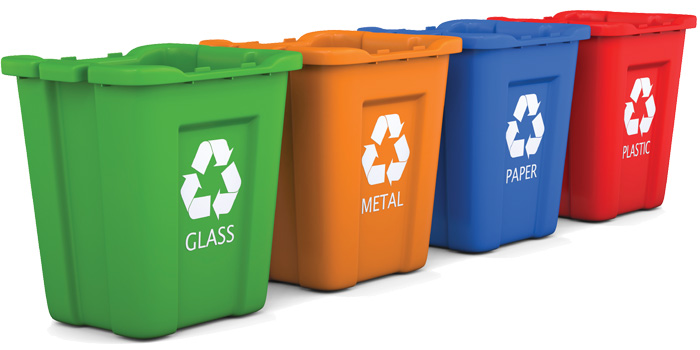 In November, I attended a presentation at the Collision Industry Conference (CIC) conducted by the Definitions Committee on minimum recommended requirements for a “Class A” collision shop. During the meeting, it was proposed to distinguish between three levels of “Class A” repair facilities, and I was encouraged by the increased emphasis on compliance and sustainability.
In November, I attended a presentation at the Collision Industry Conference (CIC) conducted by the Definitions Committee on minimum recommended requirements for a “Class A” collision shop. During the meeting, it was proposed to distinguish between three levels of “Class A” repair facilities, and I was encouraged by the increased emphasis on compliance and sustainability.
Today’s businesses have to meet environmental standards mandated by the government. Also, more states and cities are requiring owners of commercial buildings to disclose, rate and benchmark energy and water usage. Learning how to decrease your shop’s energy usage while potentially increasing revenue can be a huge benefit for any business.
What’s In It For Me?
Green collision repair facilities go above and beyond mandates, taking additional measures to protect the environment, save resources and attract new generations of customers.
Here are reasons why going green is smart for your business:
- Reduced operating costs, such as lower energy and water costs, lower insurance costs and reduce waste generation
- Economic benefits, including increased property value, more business, easier employee recruiting and reduced liability risk
- Potential tax credits and other government incentives
- Health and productivity benefits, such as improved health, enhanced comfort and reduced employee absenteeism
- Community benefits, such as reduced demand on municipal services and reduced erosion and stormwater runoff
- Marketing benefits, such as promoting your business as a “green” shop that cares about sustainability. Green marketing is taking off in a big way and gives customers a reason to choose your shop over the competition.
A Frame of Mind
Changing your business practices can be daunting. We all get into patterns and routines that feel comfortable, and change is not always embraced by employees. But the reality is that although some green measures cost money, most will save you money in the long term. And, by networking with shops that are already using successful techniques, you can reach your goals faster.
You can start with:
- Managing paper. Most people know that paper can and should be recycled, but how many times do you see people in the shop office throwing paper away instead of taking a few extra steps to the recycling bin? Or do you work in a shop that doesn’t have a recycling bin? Some simple paper management tips include using software programs that allow you to fill out paperwork and invoices and email them from your computer without printing; using recycled paper for invoices that have to be printed; and choosing the double-sided printing option on your copier to save paper.
- Stop escaping air. All walls and most doors permit some level of air and moisture infiltration, which may contribute to heating and cooling loads and indoor air quality concerns. However, in a shop, there are several low-cost ways to help your facility reduce air leakage and costs. Tips include filling gaps around doors and window frames with caulk, spray foam and insulative batting; checking for missing, hard or cracked window and door weather-stripping; and keeping bay doors closed when not in use.
- Timely maintenance. Preventive and regular maintenance are an essential part of keeping equipment up and running. In a shop, there are many systems, such as compressed air systems, paint booth equipment and spraying systems that are critical to business. When maintained properly, they can provide energy cost savings and won’t need to be replaced as often.
- Changing out lights. Lighting is a critical component of every business and can account for 20 to 50 percent of energy consumption, according to the EPA. Of the major shop upgrades, lighting generally can provide the highest return on investment. Many simple upgrades can be made with good results to existing systems and standard specifications. Some examples include upgrading from older T12 (1.5-inch diameter) tubes with magnetic ballasts to more efficient T8 (1-inch diameter) or T5 (5/8-inch diameter) fluorescent lamp tubes with solid-state electronic ballasts; replacing incandescent lamps with compact fluorescent lamps (CFLs); installing fluorescent lighting systems in place of incandescent lighting systems; installing metal halide or high-pressure sodium (HPS) vapor lamps in place of mercury vapor lamps; and installing ENERGY STAR-qualified exit signs.
- Purchasing equipment. Replacing equipment or systems around a shop is a large investment, and many shops aren’t in a position to do that all at once. But when it’s time to upgrade equipment, look for the ENERGY STAR label. ENERGY STAR products, such as air conditioners, boilers, air compressors, office equipment, refrigerators, fans and vending machines, are independently certified to use less energy and cause fewer emissions.













